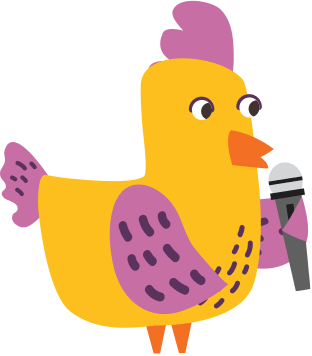
This is an update on the Avian Influenza (AI) Outbreak of 2015. For those that are just catching up to this story, this is perhaps the worst episode of AI in U.S history and certainly in the past ten years. Millions of hens, primarily in the Midwest and West, have had to be destroyed to stem the spread of the disease. AI, or "Bird Flu" is carried by migrating flocks of wild fowl like ducks and geese. It is not harmful to them, but it is deadly to domestic chickens and turkeys. The wild birds spread it by landing on, or near, farms, and then they can spread the virus to hens, even to those confined in cages in big agricultural facilities. Only about 10% of hens in the U.S. have actual access to the outdoors like ours, yet the other 90% of industrial caged facilities have been some of the hardest hit. One facility in Iowa had to destroy over 5 million birds. No one is exactly sure about all the ways that it may spread. Theories range from careless workers who carry the virus in on their shoes or clothing as they enter an enclosure to pond water that is infected and then used for the birds to drink. Conventional egg prices have skyrocketed as a result of the loss of over 40 million laying hens in the U.S. this year.
At Nellie's Free Range we have yet to lose a single bird to AI. There are probably several reasons for this:
Our small family farms are primarily on the East Coast and the heart of the outbreak has come via the Mississippi River Flyway migration route. Our farmers are small, family business owners who are in their barns every day and follow a very rigid biological safety protocol. During the worst months of the outbreak we kept our free range hens in their still quite comfortable and roomy barns as advised by the USDA and Humane Farm Animal Care, our certification agency on humane standards. Some good luck. Caution remains the order of the day going forward. Cooler weather in the fall, combined with the return migration of wild fowl over farm areas, could very well lead to new outbreaks. So while we have been able to let our girls out a bit in the summer sunshine during July and August, we will continue to be extremely vigilant about following all safety guidelines until we are certain that the risk has passed. Hopefully, that will be next spring, but none of the experts are quite sure yet what we're dealing with, given how severe the current outbreak has been.









